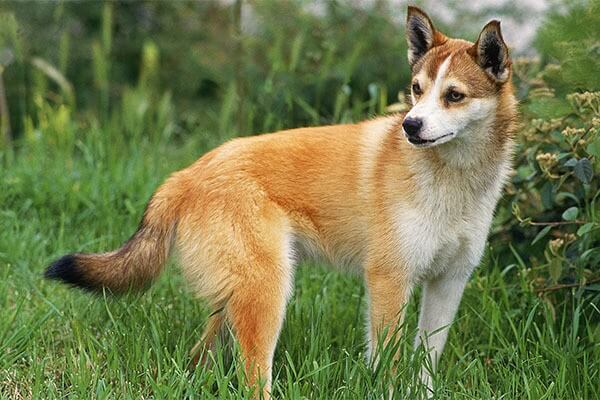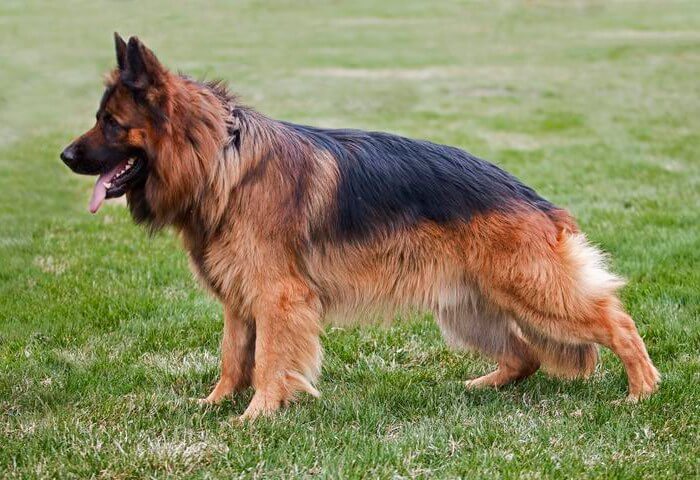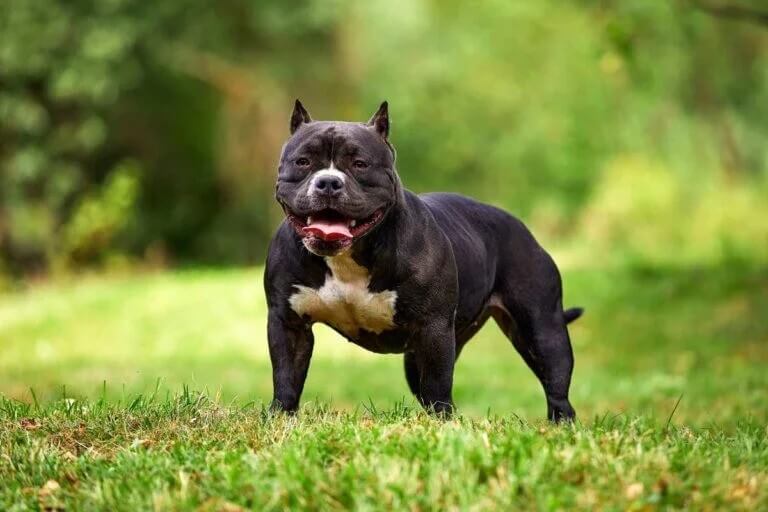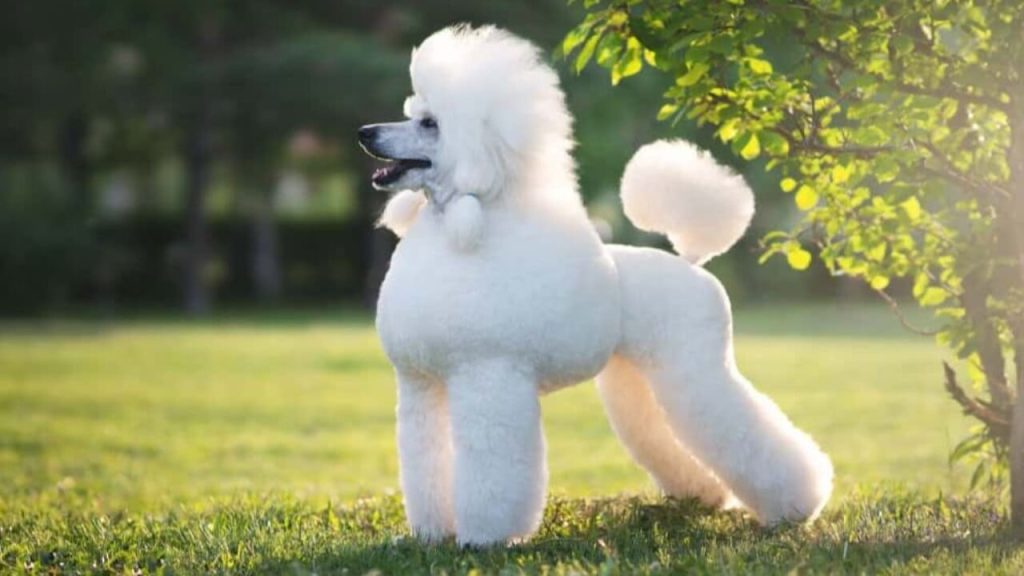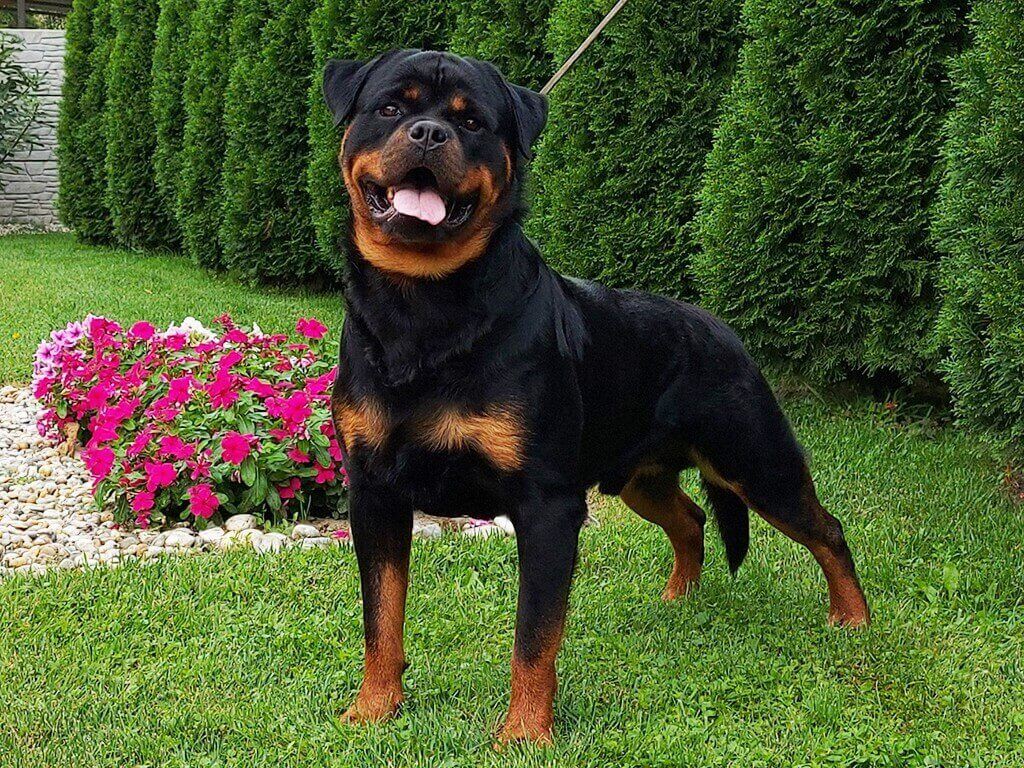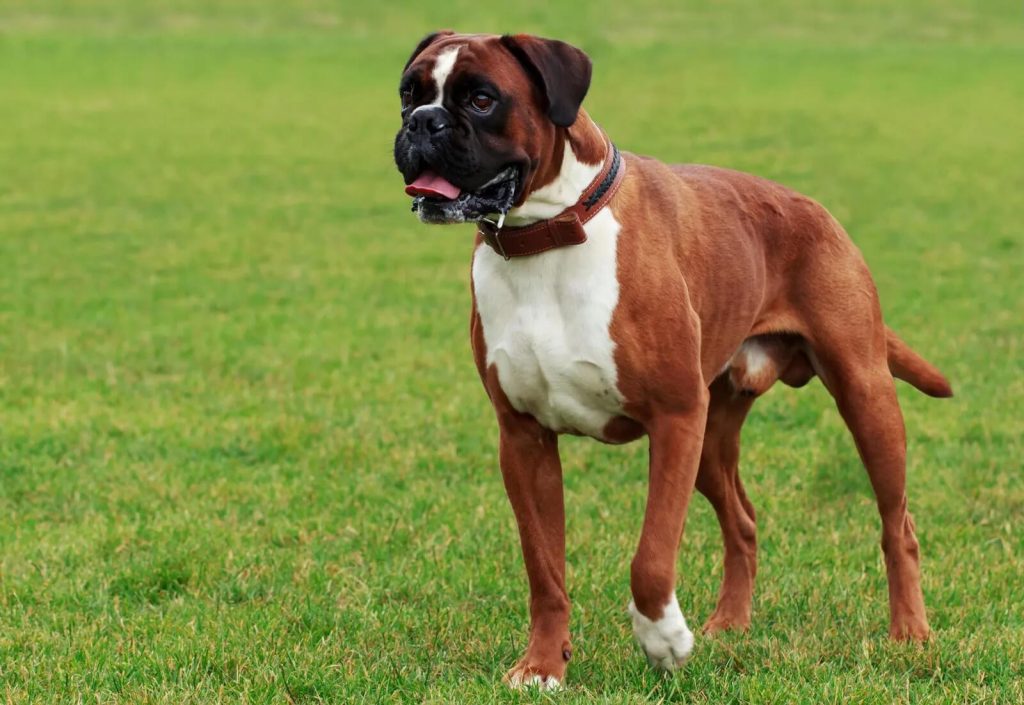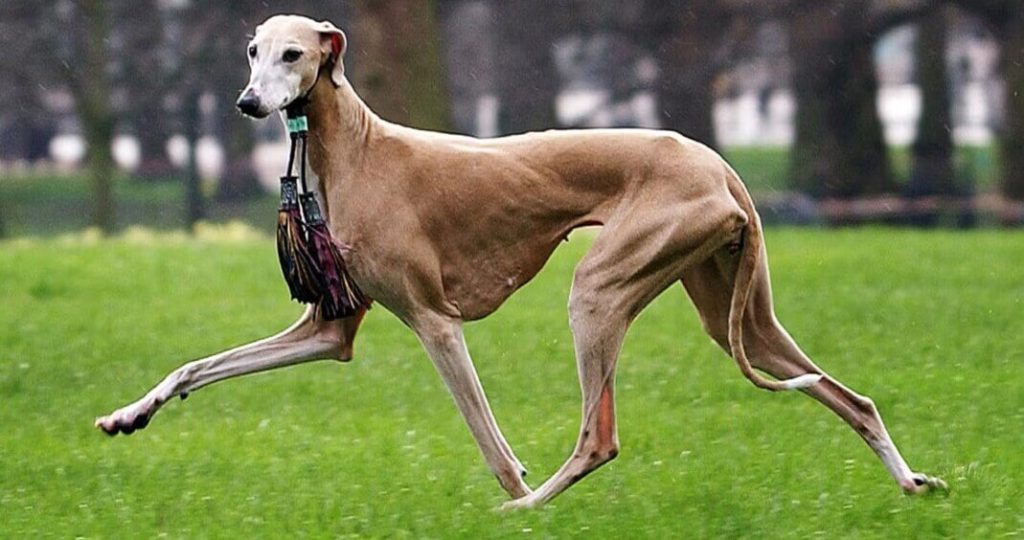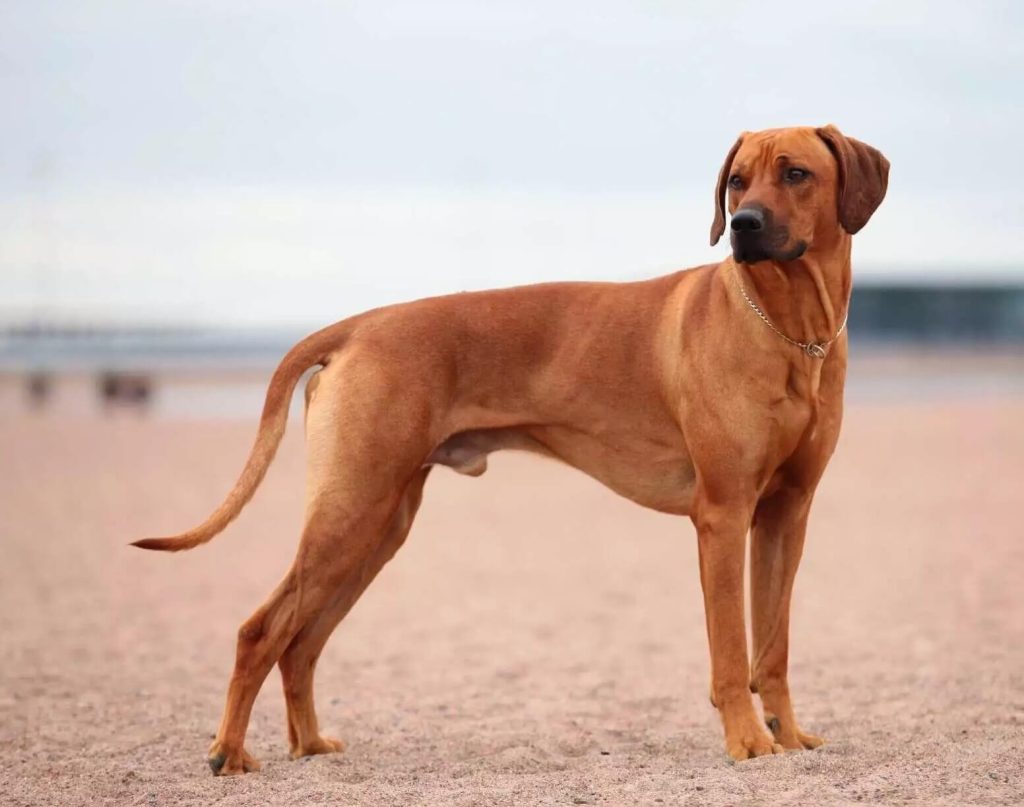🐶 Introduction
📜 History and Origin
Dating back hundreds of years, the Norwegian Lundehund comes from the remote islands of Norway. It was developed to retrieve puffins from rocky crevices and cliffs, which explains its unmatched climbing and crawling ability. The breed nearly went extinct in the 20th century but has been revived by careful breeding efforts.
🧬 Unique Physical Features
- Six toes on each foot for superior grip.
- It can bend its head backward to touch the spine.
- Shoulders can flex outward, aiding in climbing.
- Double-jointed neck and ears that close to block debris.
These features make the Lundehund one of the most flexible dog breeds in the world.
🧠 Temperament and Personality
The Norwegian Lundehund is alert, curious, and independent. While affectionate with family, it can be wary of strangers. They are playful and enjoy engaging activities, but may be stubborn and require patient training.
🏃 Exercise and Mental Stimulation
This breed is energetic and thrives with daily walks, agility training, and play. Puzzle toys and challenges that mimic their instincts help prevent boredom and behavioral issues.
🎓 Training and Socialization
Early socialization is essential. Use positive reinforcement methods and keep training sessions short and fun. Consistency is key, as the Lundehund has a strong will and independent thinking.
🥗 Health and Diet
Norwegian Lundehunds are prone to a condition called Lundehund Syndrome, which affects the digestive system. A carefully managed diet and regular vet visits are crucial. Feed them high-quality dog food with easy-to-digest ingredients.
🧼 Grooming Needs
These dogs have a double coat that sheds moderately. Weekly brushing, occasional baths, and regular ear cleaning help maintain coat and skin health. Also, keep nails trimmed to prevent overgrowth.
👨👩👧👦 Family Compatibility
Lundehunds do well in homes where they can get plenty of attention and physical activity. They’re good with older children and pets when raised together, but may not tolerate rough handling or chaos.
🌟 Fun Facts
- Has six toes per paw — a unique trait among dogs.
- It can fold its ears shut to keep out dirt and water.
- Extremely rare — one of the least common breeds in the world.
- Almost extinct after WWII — saved by breeding just a few remaining dogs.
❓ FAQs About the Norwegian Lundehund
Q1: Is the Norwegian Lundehund good for first-time owners?
A: It’s better suited for experienced owners due to its strong-willed nature.
Q2: Are they hypoallergenic?
A: No, they shed moderately and are not considered hypoallergenic.
Q3: How long do Lundehunds live?
A: Typically between 12–14 years with proper care.
Q4: Can they live in apartments?
A: Yes, if exercised regularly and mentally stimulated.
Q5: Do they bark a lot?
A: They can be vocal, especially when bored or alert to changes.
✅ Conclusion
The Norwegian Lundehund is a rare gem among dog breeds. With its fascinating features and strong-willed personality, it’s best suited for owners who understand and appreciate its uniqueness. With the right care and commitment, this quirky climber makes a devoted and entertaining companion.
Explore more dog breeds
🐶 Norwegian Lundehund Dog for Sale
The Norwegian Lundehund is a rare and unique breed originally developed to hunt puffins on cliffs in Norway. With six toes on each foot, flexible joints, and an alert personality, Lundehunds are agile, curious, and loyal companions. They thrive in calm households that understand their independent nature. Browse the listings below to find Norwegian Lundehund dogs for sale in different countries.
- Norwegian Lundehund for Sale in Australia
- Norwegian Lundehund for Sale in Canada
- Norwegian Lundehund for Sale in Pakistan
- Norwegian Lundehund for Sale in India
- Norwegian Lundehund for Sale in Indonesia
- Norwegian Lundehund for Sale in the United Arab Emirates
- Norwegian Lundehund for Sale in Philippines
- Norwegian Lundehund for Sale in Nigeria
- Norwegian Lundehund for Sale in Malaysia
- Norwegian Lundehund for Sale in the United States
- Norwegian Lundehund for Sale in the United Kingdom
